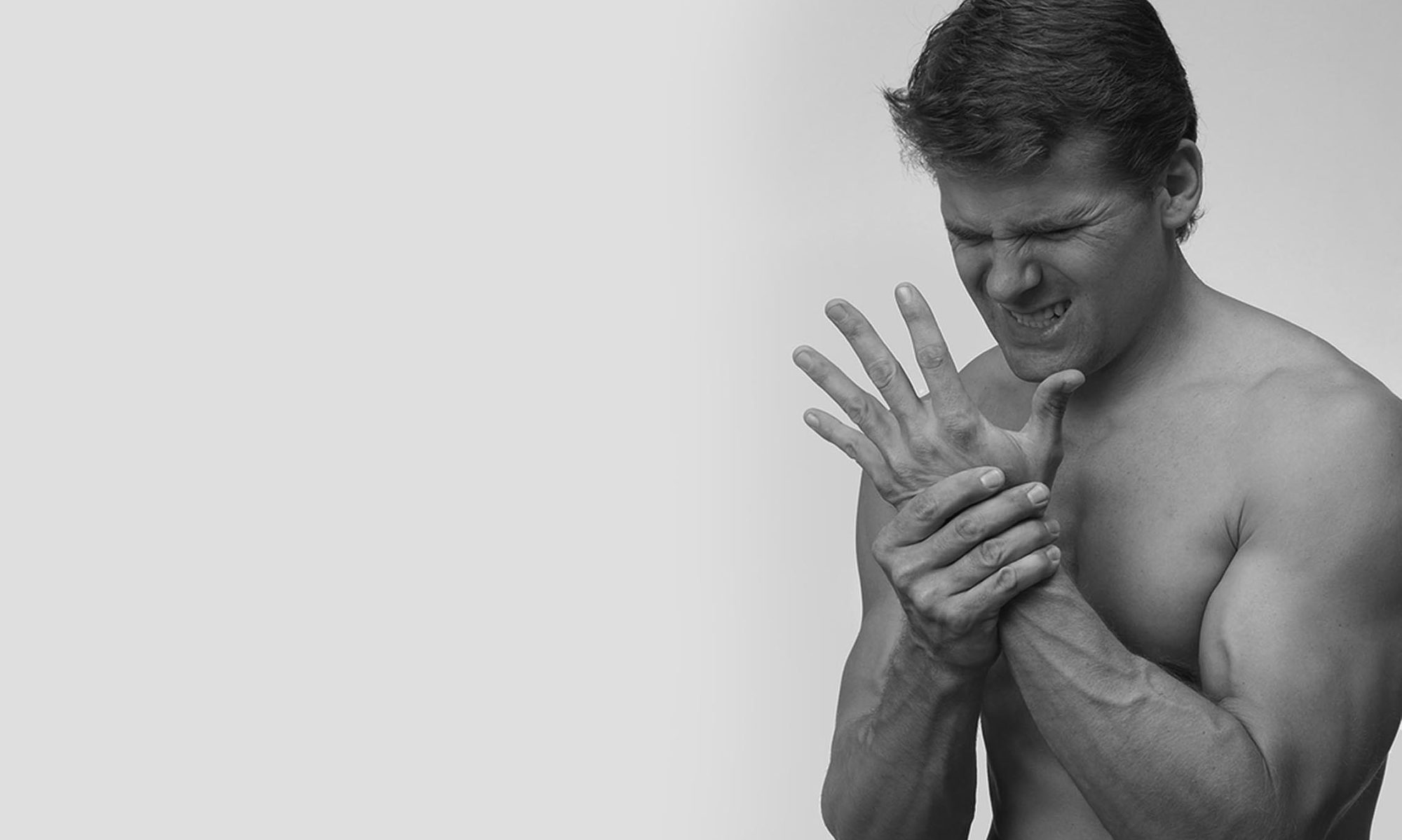If you haven’t read How to Warm Up Correctly – Part One yet, you can find it here.
3. X-band sidewalks for the hips.
If you’ve never heard of this exercise, don’t worry. Not many people have. But it’s something that I incorporate whenever I train legs, and if you try it your hips will immediately feel looser and more functional.
I won’t try to describe the exercise. Just watch this video:
You can do this either with bent knees or straight, whichever you prefer. Give it a shot, ten steps one way and then ten the other, each step about a shoulder width, and I guarantee your hips will feel a decade younger.
4. Warm-up sets of three or fewer reps
Okay, so much for prep work. Now we go to the weights and start getting ready for the work sets.
Back in the 1970s, Joe Weider’s muscle magazines were in every gym and every gym rat’s home. And they advocated a pyramid type of warm-up. For a typical YMCA bench presser, the warm-up might have looked something like this:
135lbs x 10
155lbs x 10
175lbs x 8
195lbs x 4-5
WORK SETS at around 215-225lbs.
So what’s wrong with this? Well first, let me agree that yes, your joints will be warm when you get to your work sets. However, you’ll also be tired from all the effort you put in getting there – effort that not only wore you out, but did nothing to contribute to getting stronger (because it was performed at too low of an intensity). In other words, you’ve wasted some effort. That’s one thing wrong.
Since you did so much work getting to your “real” sets (again, the ones that will actually contribute to making you stronger), you won’t have as much energy to perform them. Thus, strength-gain progress won’t occur as quickly as it could otherwise. In other words, it’ll take you longer to get to your goals. That’s two.
Third–-and here’s the real problem in terms of tendon pain-–if you add up the number of reps in the warm up, you’ll see that the total comes to over 30. (And that’s not even counting the “bar only” warm-ups that a lot of people do before they start putting weight on.) 30 reps is way too much, and for someone who has had tendon pain (or might be susceptible to it in the future), it’s practically begging for an injury.
Now, take a look at this warm-up instead:
Joint mobility drills as described above
135 x 3, 3 (One set of 3, short rest, then another set of 3)
155 x 3, 2
175 x 2
195 x 1, 1
WORK SETS
15 total reps – less than half of the traditional method. Trust me, this will have your joints just as warm and ready as with the first method. And you will be light-years ahead in terms of how fresh you feel when you get to your work sets. Not to mention that with less than half the wear-and-tear on the connective tissues, your chances of (re)injuring yourself are far less.
By now you’re probably wondering where the stretching is. After all, any good warm-up involves stretching, right?
Wrong. Stretching should come after the workout. Not before.
There are some good reasons for this. One, there are plenty of studies that show that stretching five or ten minutes before a workout has a negative impact on maximal strength. That’s right, stretching just prior to lifting weights makes you weaker. Not too many people go to the gym to lose strength rather than build it, so that’s the first reason to leave stretching for after the weight work.
Two, if you stretch a muscle and then lift heavy weights, that muscle is going to lose the extra flexibility you just gave it anyway. Think about it: you stretch the muscle, then do your best to contract it. Kind of counter-productive, if you ask me. But if you stretch after your workout, the benefits last for several hours. In fact, Tomas Kurz (see Part 1 of this post) recommends active stretching first thing in the morning to “set” your flexibility level for the day. So the effects of a good stretch can last all day…as long as you don’t do something immediately afterward to ruin the effect.
I’m all for morning stretches, because research has shown that stretching a muscle a few hours before a workout (as opposed to five or ten minutes prior) will actually help to make you stronger when you lift. And stretching is great for longevity in any sport or athletic activity, so it should definitely be part of your program. So I’m not anti-stretching at all. Just be careful where you put it in your program.
Finally, there is a lot of evidence that stretching right before you lift will increase the likelihood of a muscle tear. So if you absolutely insist on stretching right before a set, make sure to do a couple of light concentric contractions before you do a work set. For example, some light push-ups against a wall after a pectoral stretch. This will help prevent injury.

